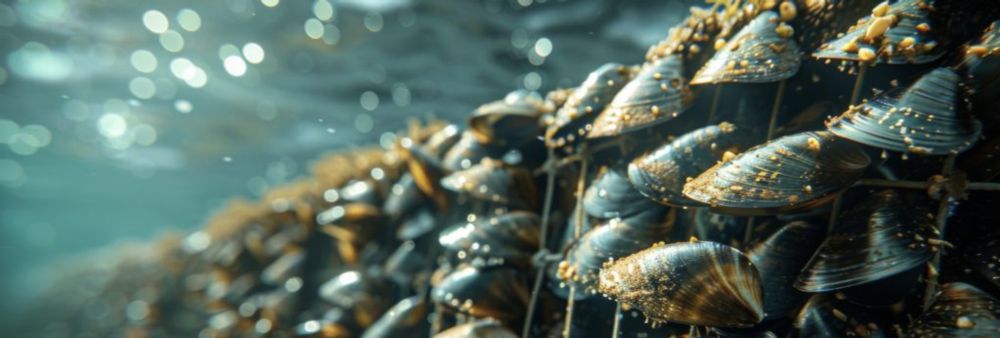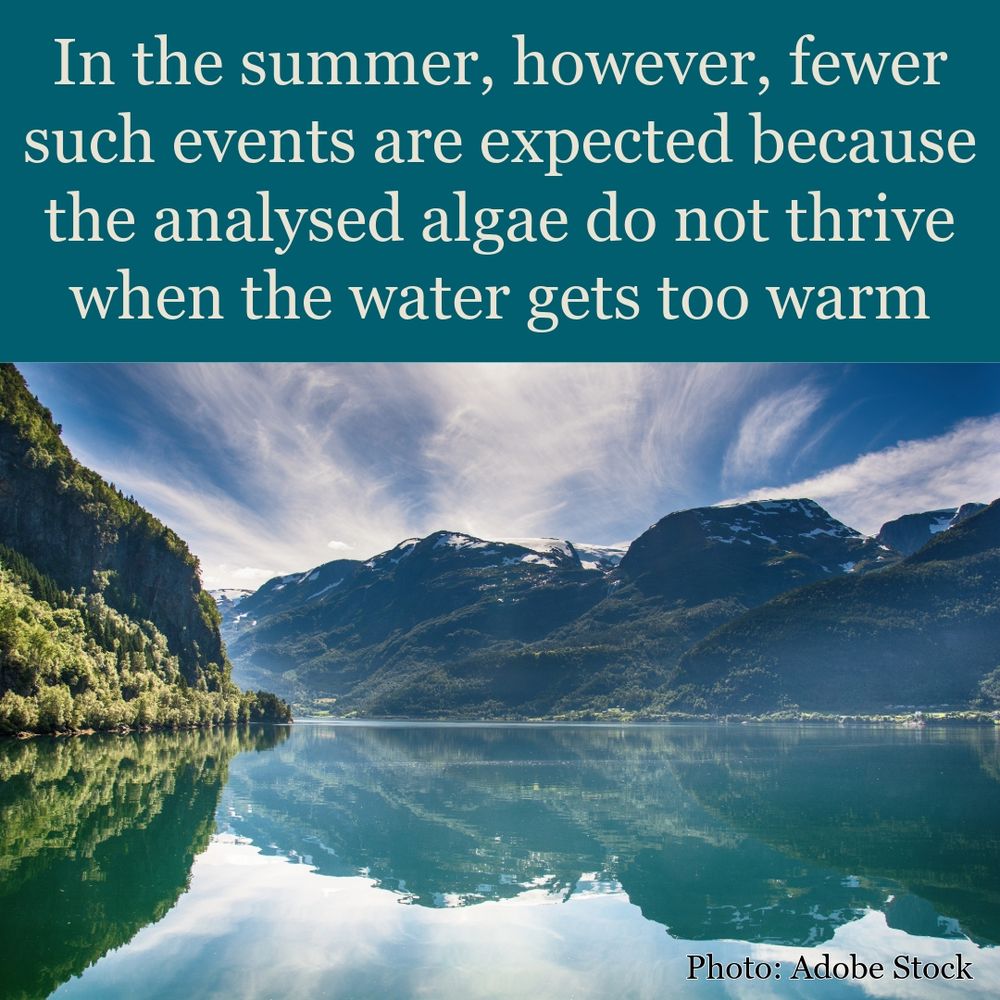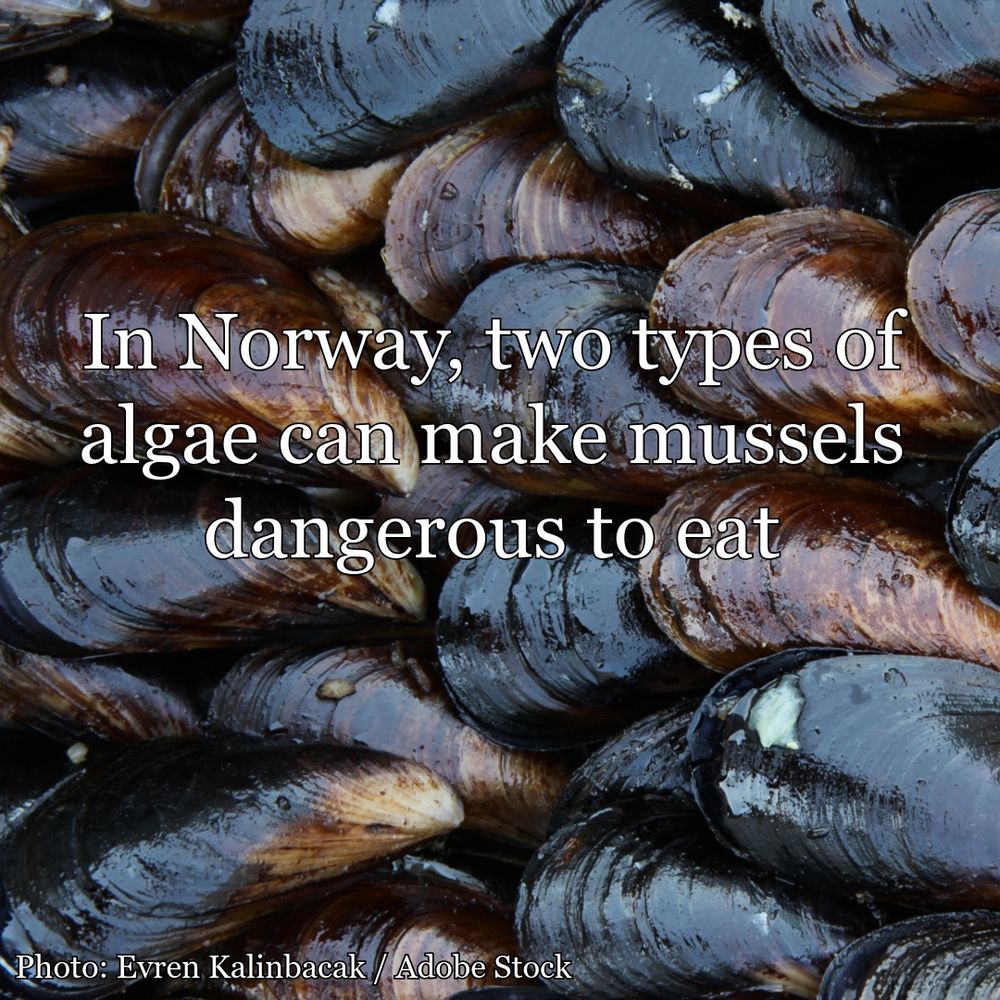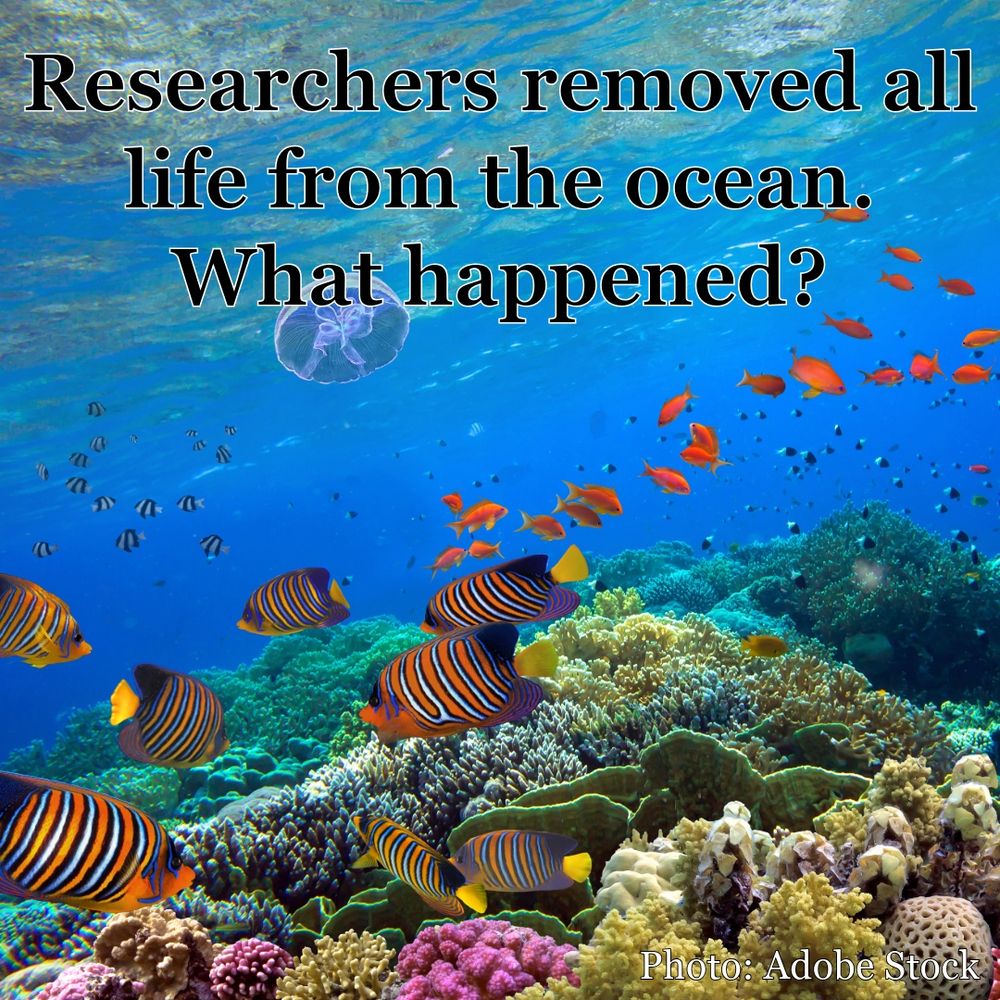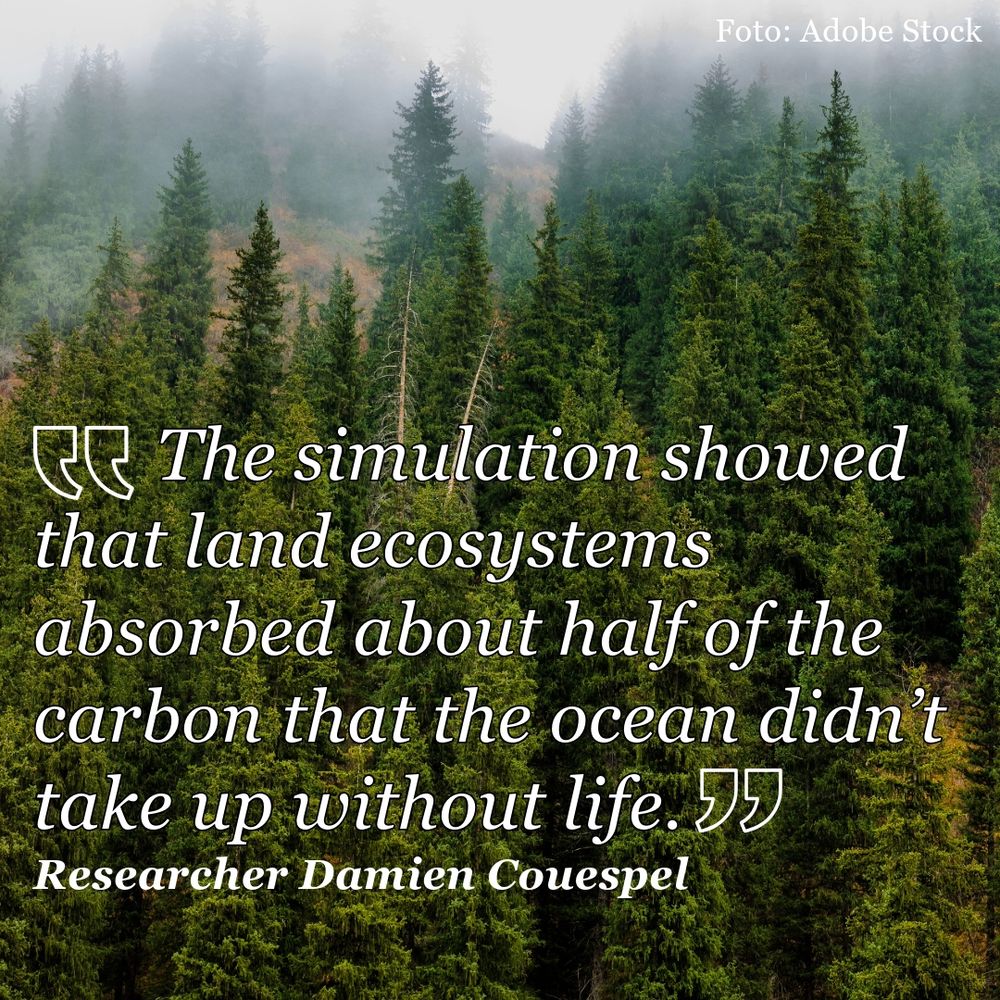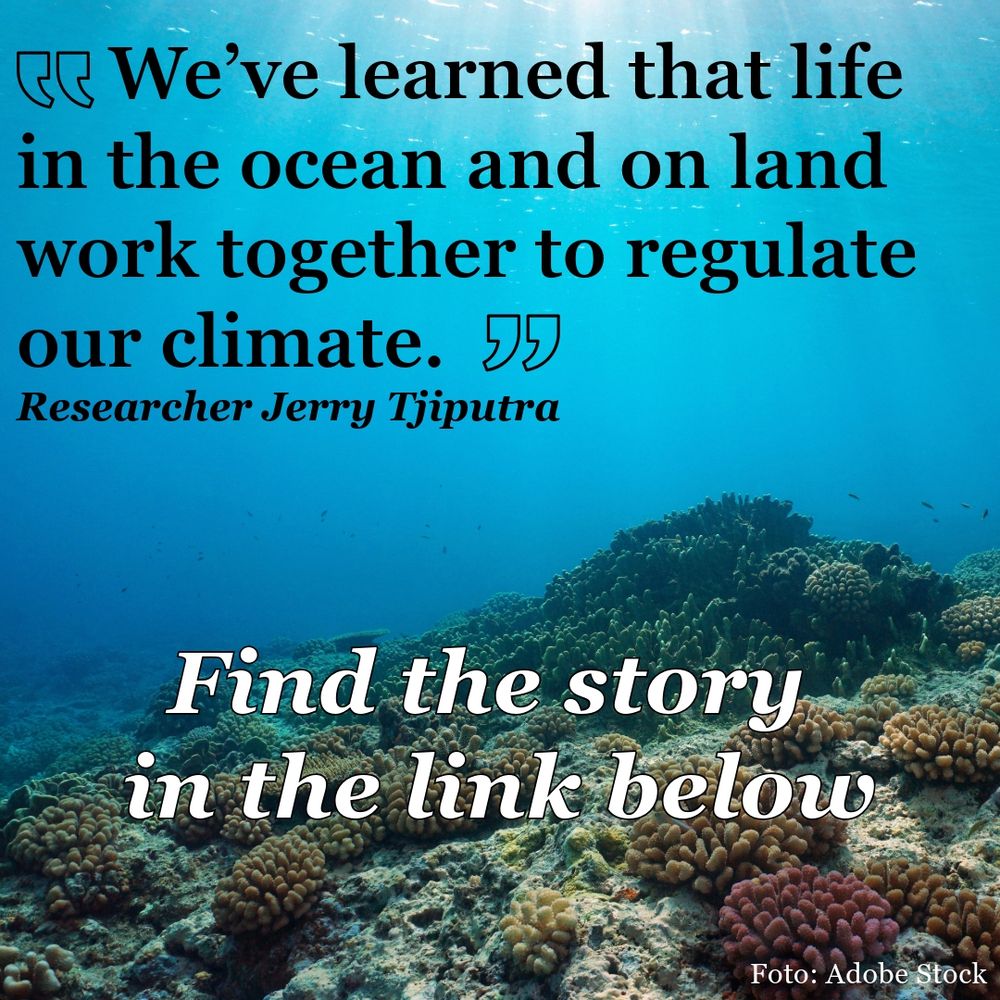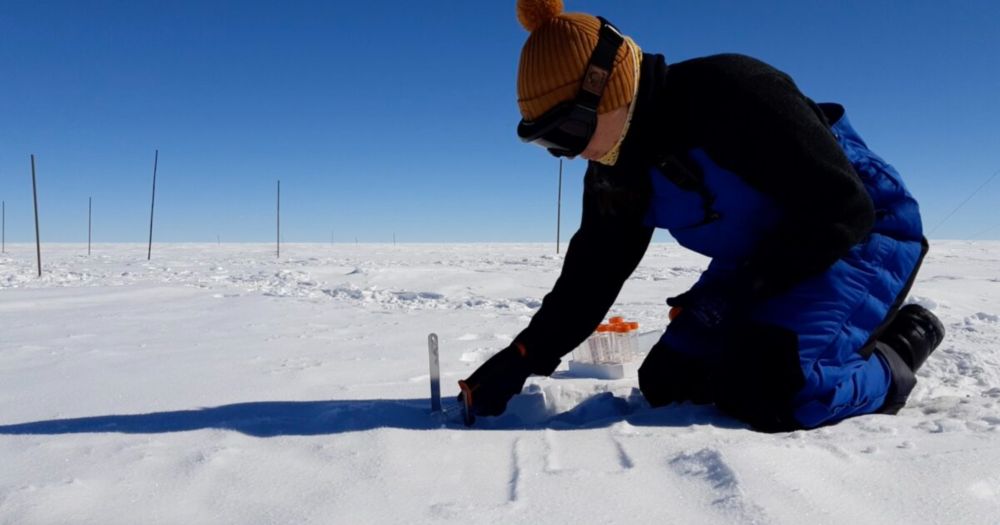Good news for the Gulf Stream! A study from @unibergen.bsky.social, the Bjerknes Centre and @ox.ac.uk indicates that the Arctic Ocean compensates for less deep water formation farther south. @mariusarthun.bsky.social @ailinbrakstad.bsky.social @jakobdoerr.bsky.social
14.07.2025 10:18 — 👍 11 🔁 2 💬 1 📌 0
🧪 Why do cities get so much hotter than the countryside, and what can we do about it?
In this video, Richard Davy from @nansensenteret.bsky.social and the Bjerknes Centre for Climate Research explains what an urban heat island is and how we can prevent them – in just 60 seconds!
25.06.2025 11:43 — 👍 9 🔁 3 💬 0 📌 0
Very cool article about Kjetil Våge’s ROVER project and how the Nordic Seas could help to decide the fate of the AMOC.
@bjerknes.uib.no
18.06.2025 15:57 — 👍 9 🔁 2 💬 0 📌 0
"...and suggest that further research should focus on developing methods specifically tailored to capture the complex heterogeneity of mountain ranges, providing precise and reliable temperature estimations across time and space"
17.06.2025 12:54 — 👍 2 🔁 0 💬 0 📌 0
⛰️Depending on which dataset you use, the resulting treeline reconstruction for a given region can differ by thousands of metres.
💡They conclude with: "we advocate for more transparency and guidance in the methodologies of downscaled paleoclimate datasets for a broad audience..."
17.06.2025 12:54 — 👍 2 🔁 0 💬 1 📌 0
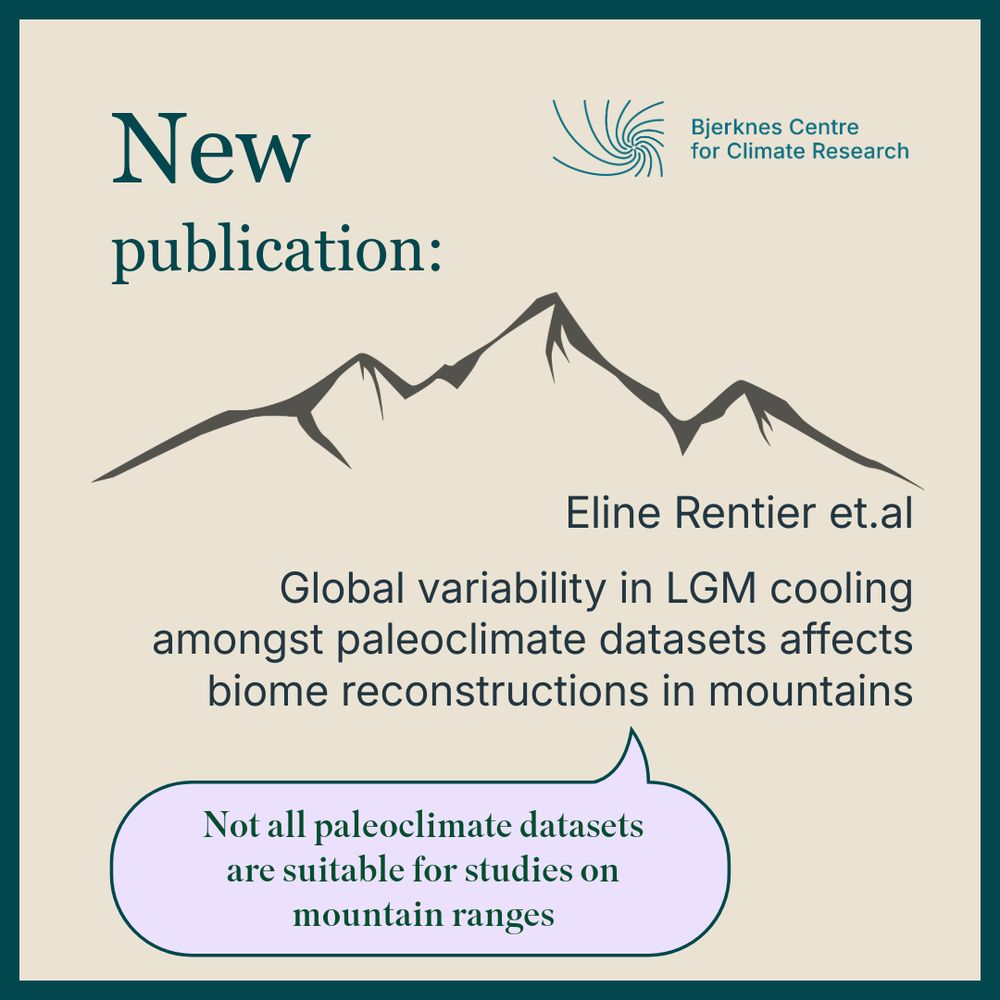
A poster with a reference to a new scientiifc publication: Global variability in LGM cooling amongst paleoclimate datasets affectsbiome reconstruction in mountains. By Eline Rentier et.al
🧪 @elinerentier.bsky.social and colleagues in Prague, Gothenburg Bergen & Brussels have compared five well-known paleoclimate datasets and found that they vary in mean annual temperature estimations.
biogeography.pensoft.net/article/1358...
17.06.2025 12:54 — 👍 7 🔁 2 💬 1 📌 1
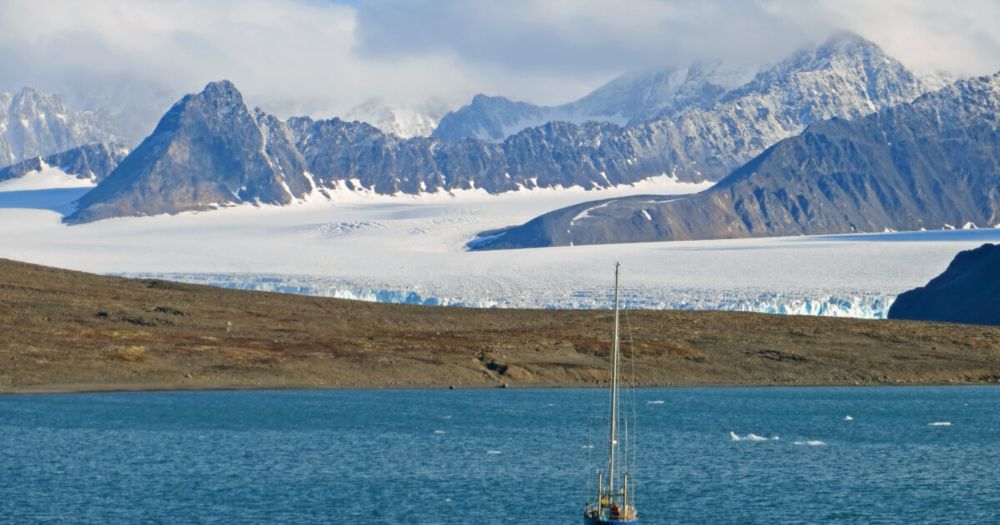
Lake persisted where ice was expected in Arctic oasis
Researchers discovered that plants and algae survived in a small Arctic lake during the coldest period of the last ice age, when the area was assumed to…
🧪 New research reveals that plants and algae survived in a Arctic lake on Svalbard, during the coldest phase of the last ice age, when the region was thought to be buried under ice.
How is that possible?
Read this paper led by @willemvdbilt.bsky.social
bjerknes.uib.no/en/news/arct...
16.06.2025 12:03 — 👍 21 🔁 2 💬 0 📌 0
…or simply google the publication title 😎
10.06.2025 20:16 — 👍 0 🔁 0 💬 0 📌 0
It should be open access - and the link seems to be broken. Try this one iopscience.iop.org/article/10.1...
10.06.2025 20:15 — 👍 0 🔁 0 💬 0 📌 0

Poster stating: New publicationby Natalya Gallo et al & the question: Are we treating the deep sea in an "out of sight, out of mind"-manner?
🧪 Read @natalya-gallo.bsky.social and colleagues on deep-sea considerations for marine carbon dioxide removal research.
🌊 New publication in Environmental Research letters
iopscience.iop.org/article/10.1...
🦑#addOcean
10.06.2025 12:07 — 👍 7 🔁 0 💬 2 📌 0
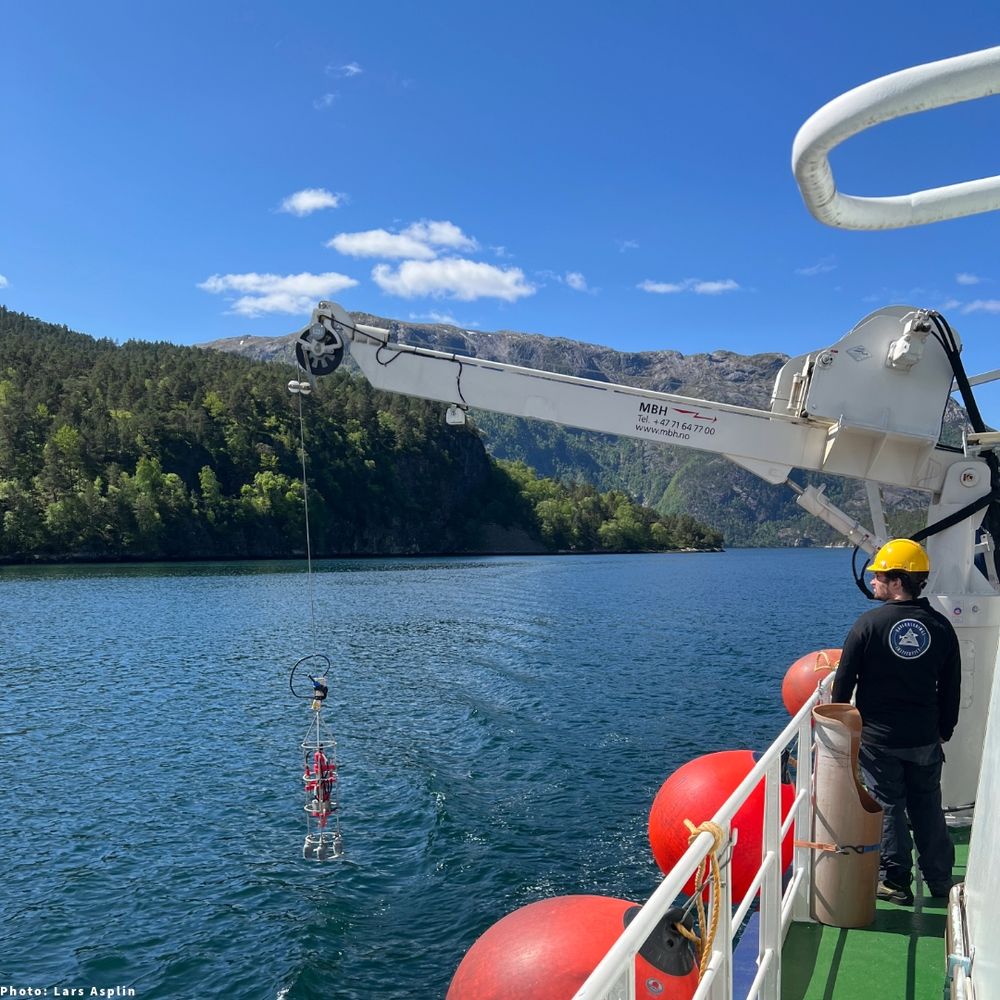
Photo from a research vessel taking water samples in Masfjorden in Norway.
This type of natural ventilation is important. The bottom water in Masfjorden has a long residence time, and the oxygen content gradually decreases. When new water flows in, it brings with it much-needed oxygen, which improves conditions for marine life in the fjord.
05.06.2025 08:55 — 👍 3 🔁 0 💬 0 📌 0
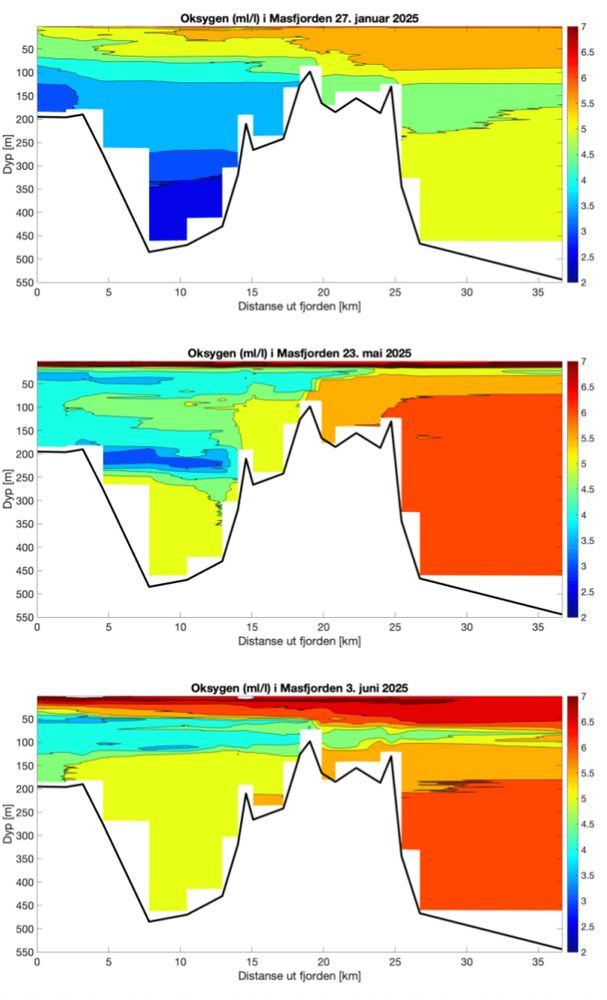
A graf that shows how the oxygen level in Masfjorden changed from January then when the water was replaced with oxygen rich water in May and the latest numbers from June
“The measurements from May show the conditions while the deep-water replacement is still ongoing. By June, it is more or less complete, and a larger part of the basin is filled with more oxygen-rich water,” says Lars Asplin from the Institute of Marine Research and the Bjerknes Centre.
05.06.2025 08:55 — 👍 3 🔁 0 💬 1 📌 0
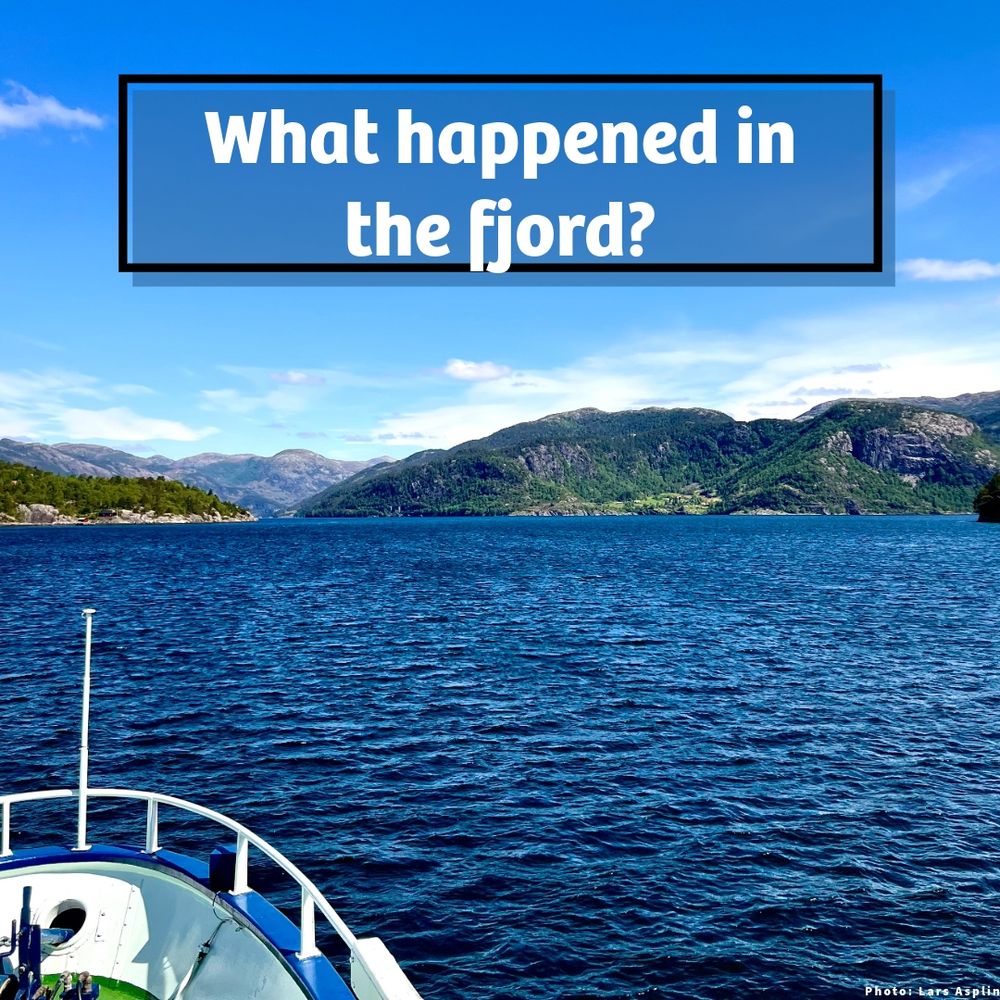
A photo of Masfjorden in Norway which shows blue water and mountains in the distance, and the tip of a research vessel in front. At the top of the image is the text - what happened in the fjord?
For the first time since 2021 the deep water at Masfjorden has finally been replaced!🎉
Measurements from the Institute of Marine Research show an increase in oxygen levels, indicating that heavier and more oxygen-rich water has entered over the sill at the mouth of the fjord.🧪🌊
05.06.2025 08:55 — 👍 12 🔁 2 💬 1 📌 0
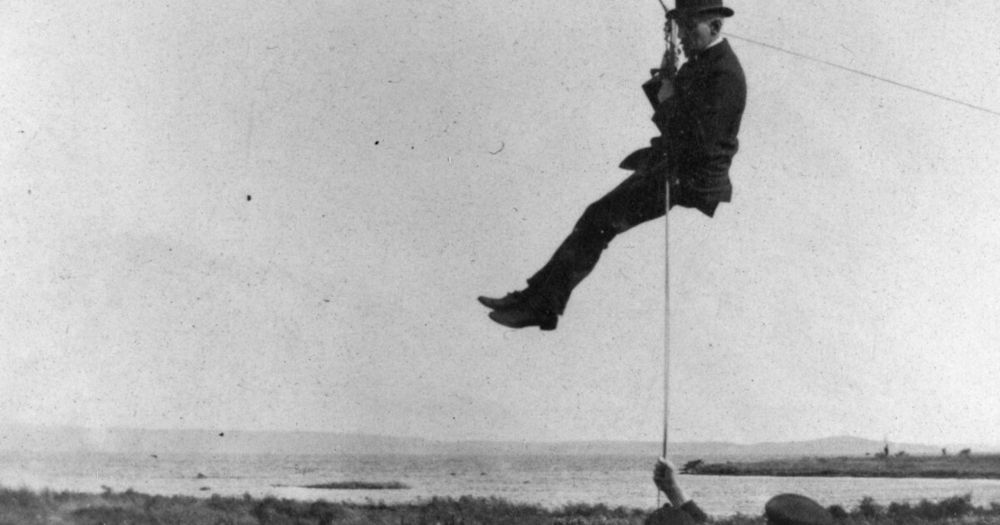
Searching for navigable seas and better ice predictions
When Roald Amundsen planned his ship expedition to the North Pole, he saw no other option than sending his crew into the air to search for open leads.…
Means have changed, the aim is the same. Developing tools for navigation through sea ice requires creativity and technical skills, as shown by Anton Korosov and Artem Moiseev from @nansensenteret.bsky.social. 🌊 🧪
04.06.2025 13:07 — 👍 6 🔁 2 💬 0 📌 0
YouTube video by Bjerknes Centre for Climate Research
Maching learning in ocean observations
How do we go from these spotty measurements to an estimate of the carbon uptake of the full ocean?
www.youtube.com/watch?v=DO09...
30.05.2025 13:16 — 👍 1 🔁 0 💬 0 📌 0

poster with text: Available position as postdoctoral research fellow. Expertise in Ocean biogeochemistry and scientific scripting and programming needed.
🧪Come join our team in Bergen, Norway
🌊 Key words: The role of the ocean in global carbon cylce
🐙🌐 if you held a PhD in marine biogeochemistry, oceanography, climate sciences - check out this available position at the Geophysical institute, UiB & BCCR
www.jobbnorge.no/en/available...
30.05.2025 13:14 — 👍 19 🔁 9 💬 1 📌 1
🇸🇪 Carl is now at @stockholm-uni.bsky.social
28.05.2025 16:48 — 👍 1 🔁 0 💬 0 📌 0
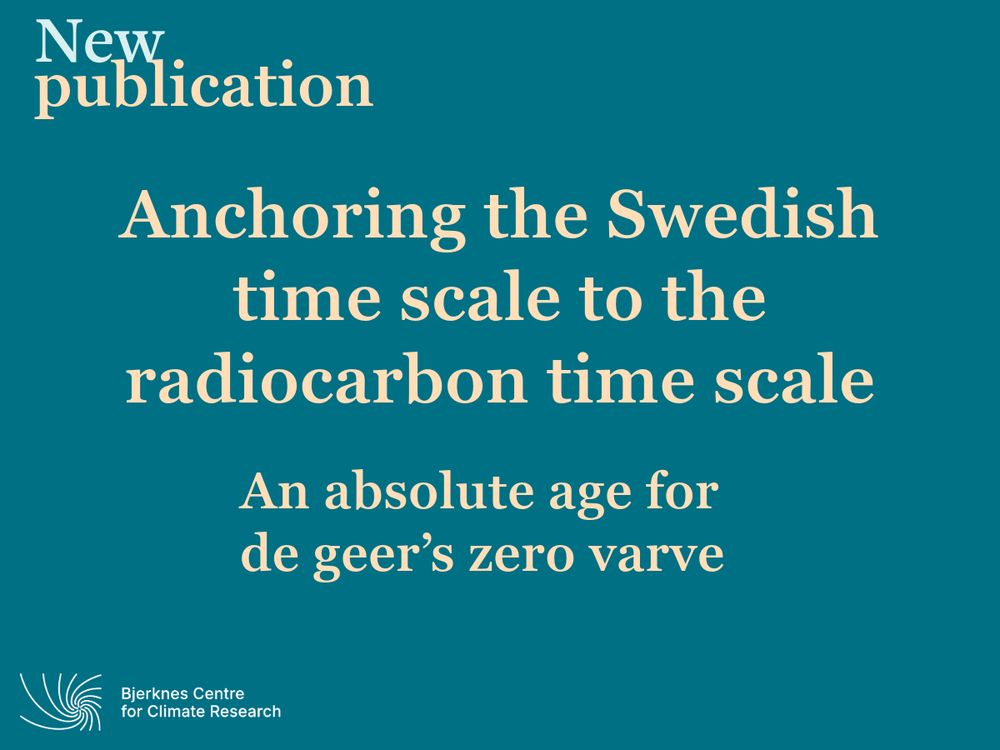
🧪 Former BCCR member @carlregnell.bsky.social has together with colleagues, including BCCR members Hardeng, Bakke, and Cederstrøm, published a study about anchoring the Swedish Time Scale to the radiocarbon time scale.
Check it out here:
pubs.geoscienceworld.org/gsa/geology/...
28.05.2025 16:36 — 👍 4 🔁 1 💬 1 📌 0
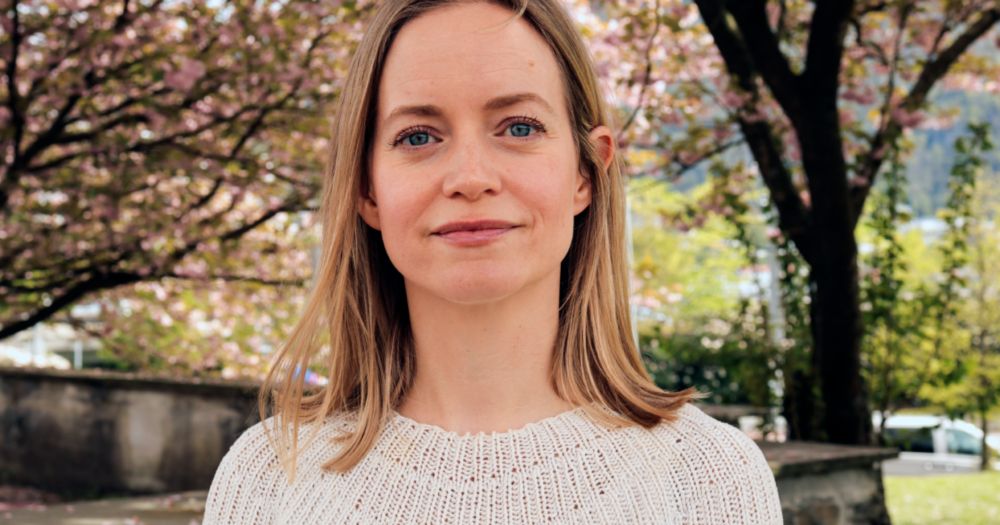
Meet our New Co-Leader of the Hazards Research Group
Together with research leader Stijn De Schepper, Marie Fjalstad Jensen will help lead the work to understand the causes and dynamics behind extreme ocean…
The Norwegian fjords are famous for their beauty, but how are they affected by climate change? And what can we expect over the next five to ten years? That is the central question for Mari Fjalstad Jensen, the new co-leader of the Hazards research group at the Bjerknes Center. 🧪🌊
27.05.2025 08:20 — 👍 30 🔁 1 💬 0 📌 0
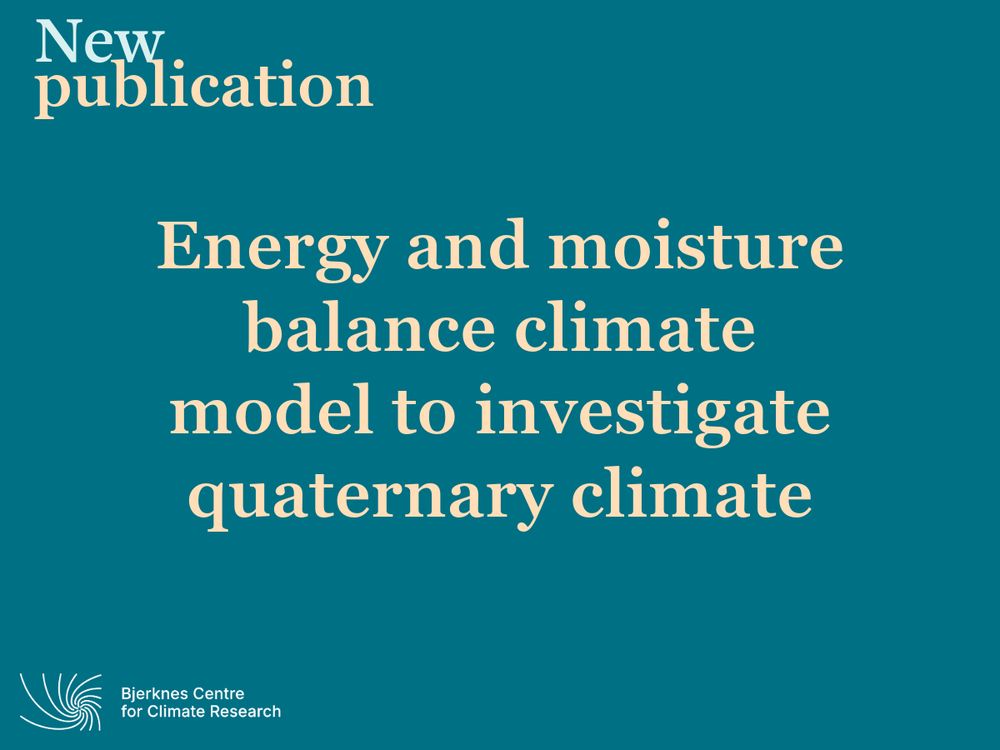
🧪 Daniel Gunning and colleagues has published a new study on the zonally averaged energy and moisture balance (ZEMBA) climate model, which is introduced as a simple and computationally efficient tool for studies of the glacial–interglacial cycles of the Quaternary.
gmd.copernicus.org/articles/18/...
23.05.2025 12:41 — 👍 6 🔁 2 💬 0 📌 0
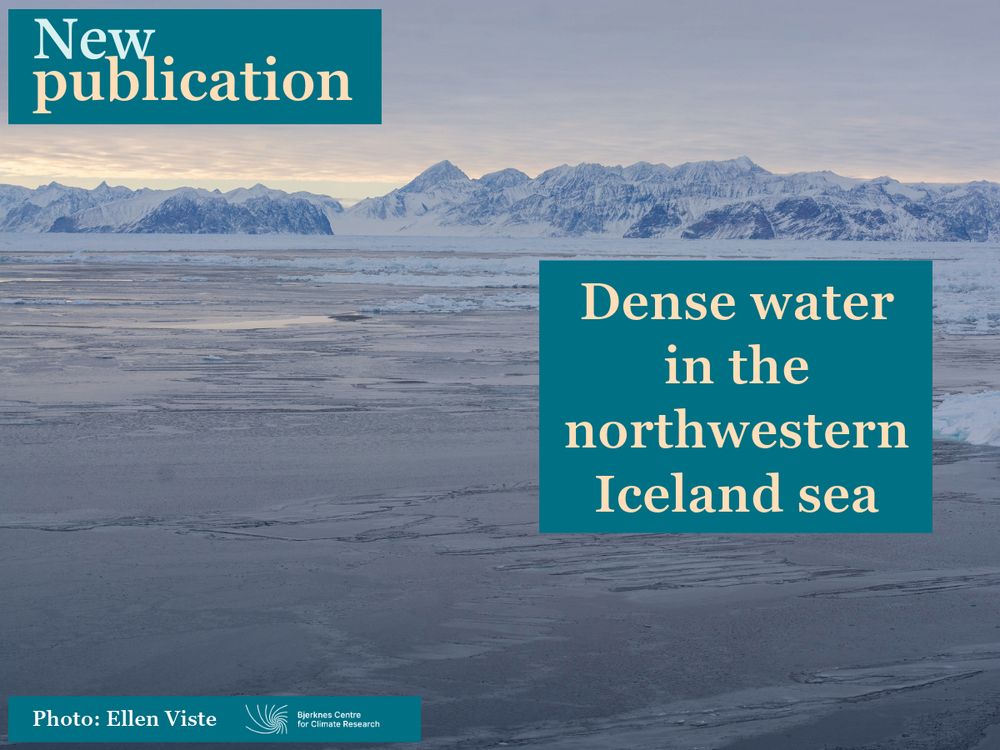
🌊 Stefanie Semper and colleagues has looked into the recent sea-ice retreat in the western Nordic seas, that has exposed the ocean to the atmosphere in winter, thereby facilitating dense-water formation.
🧪 See the paper here: agupubs.onlinelibrary.wiley.com/doi/10.1029/...
22.05.2025 12:37 — 👍 5 🔁 0 💬 1 📌 0

Keeping an eye on the fjord
The water at the bottom of many fjords in Western Norway may remain stagnant for years, to be replaced within a few weeks. Masfjorden is one of these…
In many Norwegian fjords, years can pass between each time the bottom water is renewed. In a new study, Torunn S. Sagen and colleagues from the Bjerknes Centre, @unibergen.bsky.social and the Institute of Marine Research investigate a numerical model’s ability to simulate such an event. 🔬🌊
21.05.2025 12:46 — 👍 5 🔁 0 💬 0 📌 0
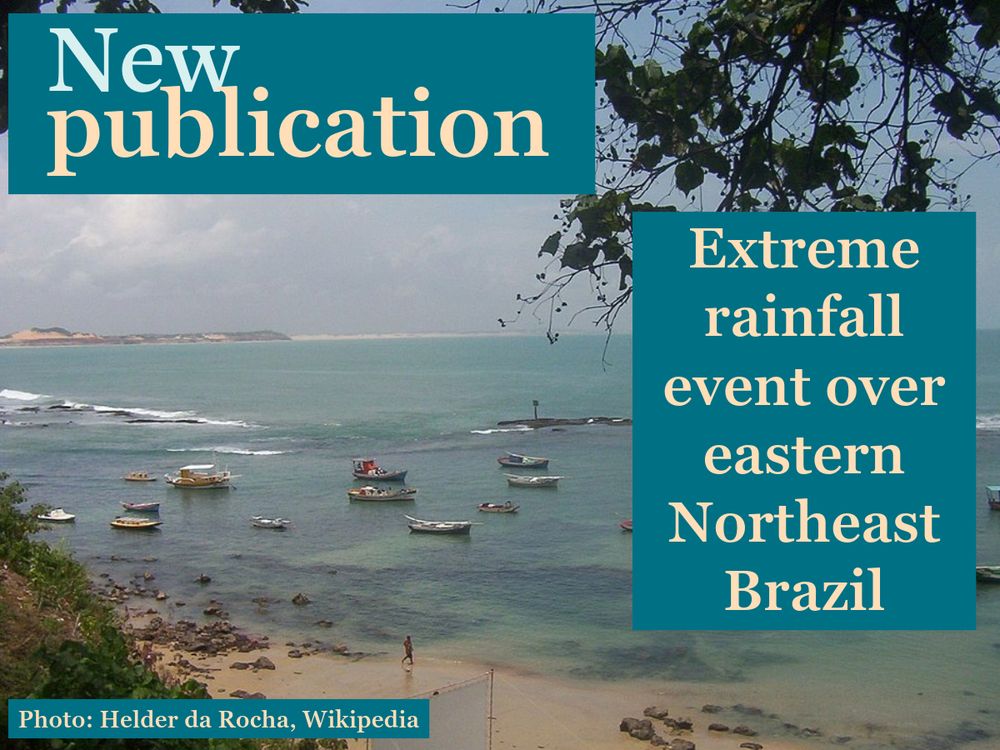
🇧🇷🌧️ Shunya Koseki, Isabelle Vilela and Doris Veleda has investigated how the extreme rainfall event over eastern Northeast Brazil occurring at the end of May 2022 was induced dynamically using observational and reanalysis data.
🧪 See the publication here rmets.onlinelibrary.wiley.com/doi/10.1002/...
20.05.2025 12:55 — 👍 3 🔁 1 💬 0 📌 1
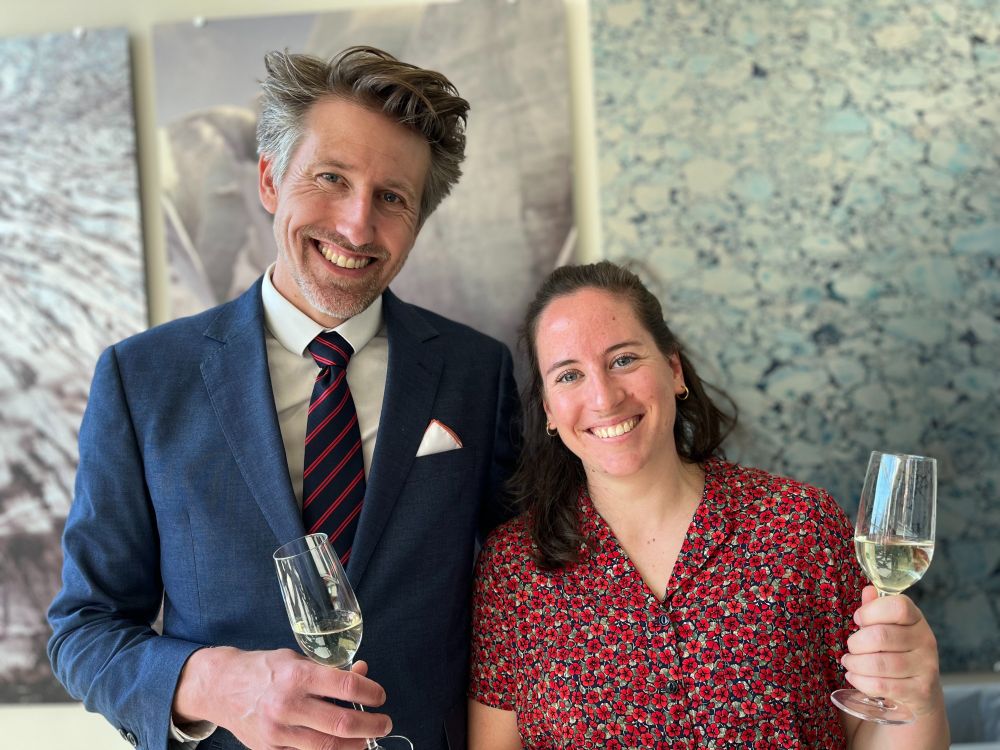

🧪 🎉 🎓 We are celebrating Dr. Inès Ollivier today - successfully defending her thesis "“Impact of Surface Processes on the Antarctic Water Isotope Climate Signal"
Here with supervisor, Professor Hans Christian Steen-Larsen.
16.05.2025 12:10 — 👍 13 🔁 1 💬 1 📌 0
Aeon is a magazine of ideas and culture. Visit aeon.co for more.
Realfagslærer i Bergen. Underviser geofag, matematikk og geografi. Engasjert i hvordan KI kan brukes på en god måte i skolen. Karriereveiledning.
Bor i havgapet. Padler, leker og nyter livet.
A team of scientists & activists, in & around Yellowstone National Park. 501c3. Posting photos, ideas & solutions, because together, we can change the world.
Please report malicious trolls & imposters.
We are AltYelloNatPark™️
The official "Resistance" team of U.S. National Park Service. Our website: www.ourparks.org
Physicist;
PhD in photovoltaic systems.
Climate change
Solar Energy
Science
Beatles
Nature Portfolio: https://www.nature.com/articles/s44172-023-00119-7
my book: https://tinyurl.com/carlosrossa
LinkedIn: https://tinyurl.com/incarlosrossa
Born 🇧🇷
Living 🇪🇸
Rapid attribution to uncover the influence of climate change on heatwaves, drought, wildfire, storms and floods.
Weather-Climate professor and scientist, Host of Weather Geeks, Forbes Senior Contributor, Alpha, 3xFSU Alum...Tweets and RTs are mine but not endorsements
Air quality scientist/journalist. Making a film: Fires and Fascism https://fires-and-fascism.co.uk
PhD candidate in Climatology researching extreme events and disasters. Science communicator.
Scientific coordinator APECS-Brazil (Association of Polar Early Career Scientists)
@oqvf.bsky.social project
https://linktr.ee/karilimax
Climate policy researcher at the Potsdam Institute for Climate Impact Research. I work on emissions trends, policy evaluation, carbon dioxide removal and climate obstruction. Scot in Deutschland. https://lambwf.github.io/
Climate data scientist @metoffice specialising in generating interactive websites and bespoke #dataviz. #climate #maps #GIS #mapping #Rstats
Views are my own
Env & Climate Justice Prof | Just Transition | Governance | Author Decolonizing Environmentalism https://tinyurl.com/3v2fysfr | Editor @environmentalpol.bsky.social | GoogleScholar https://tinyurl.com/PKGSChlr | Ex-Chair @isaess.bsky.social | Dad, Husband
Researcher in Weather and Climate Change Impact Research in Finnish Meteorological Institute. PhD in meteorology.
°head of complexity science @PotsdamInstitute seeking simple laws in nature & economics https://www.pik-potsdam.de/~anders °climate physics professor @PotsdamUniversity °formerly @ColumbiaUniversity °author https://www.faltungderwelt.de °posting own work.
Climate scientist, geologist, and catastrophe modeler, Liberty Mutual. Posts on all things hurricane, wildfire, flood, earthquake, tornado. Sassy takes are mine not employer's.
📍Oakland, CA
Website: hereidk.strikingly.com
Climate writer; consultant; duck monitor.
We are the European Environmental Bureau, Europe's largest network of environmental NGOs. We work for a better future where people and nature thrive together.
https://linktr.ee/eeb_europe
Applied ecologist, conservation science, structured decision-making, spatial modelling, waterways research, she/her
#StayGrounded #NoFlyForWork #NoGenerativeAI
Proud to #PayTheRent
Retired professor of mathematics and computer science, casino consultant, author of 4 books: 3 on casino games & 1 poetry book. Now I volunteer, walk a lot & feed local critters.
Climate blog: climatecasino.net
Casino blog: advancedadvantageplay.com
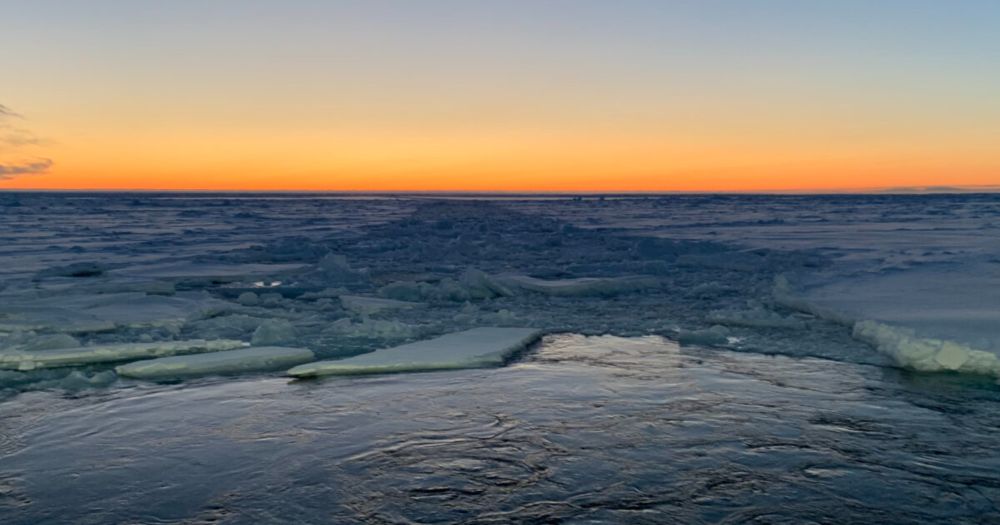 14.07.2025 10:19 — 👍 4 🔁 0 💬 0 📌 0
14.07.2025 10:19 — 👍 4 🔁 0 💬 0 📌 0


